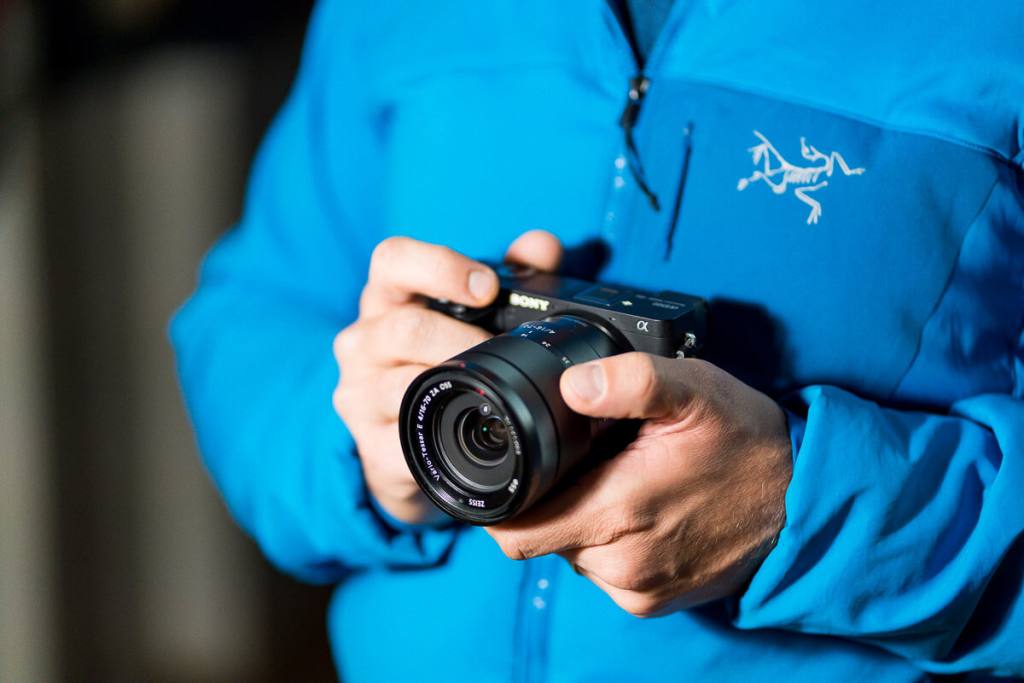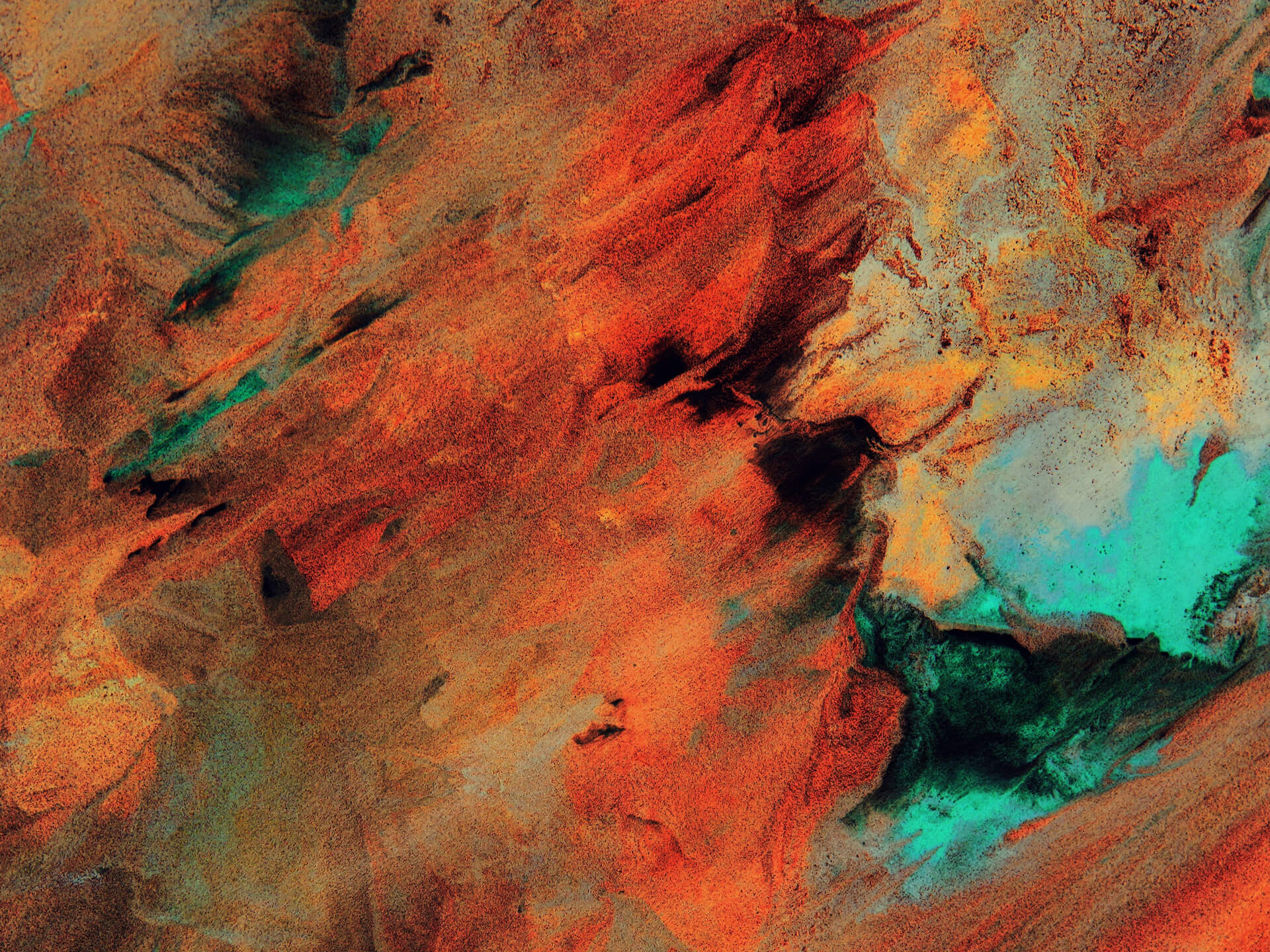There is an overwhelming amount of information available about the plethora of different filters photographers use. Our goal at Kolari is to help you understand what each filter is, what it does, and how to use it. We’ve covered ND filters and UV Cut filters in the last couple of weeks, and today, we’re going to be looking at another very common filter: the CPL.
A CPL, or circular polarizer, is a filter that helps to reduce reflections, cut through atmospheric haze, and boost color saturation and vibrancy. Similar to a VND, a CPL is made of two pieces of glass, and the front element can be rotated to adjust the effect. Unlike ND filters, which block out certain stops of light across the whole image, CPLs only block out polarized light.
To understand how CPLs work, we first have to know the two types of light polarization: linear and circular. Linear polarization appears as reflections in water, plastic, or glass. Reflections on metallic surfaces are caused by circular polarization.
Polarization is defined as “the action of restricting the vibrations of a transverse wave, especially light, wholly or partially to one direction”. Like waves in the ocean, lightwaves move up and down creating peaks and valleys. Unlike water, however, light moves in all directions within a 3-dimensional space. When an abundance of light reaches a highly reflective surface, the reflected light goes from radiating in all directions to being polarized or radiating in one direction. A polarizing filter allows you to separate the unwanted polarized light from the rest of the light in your image.
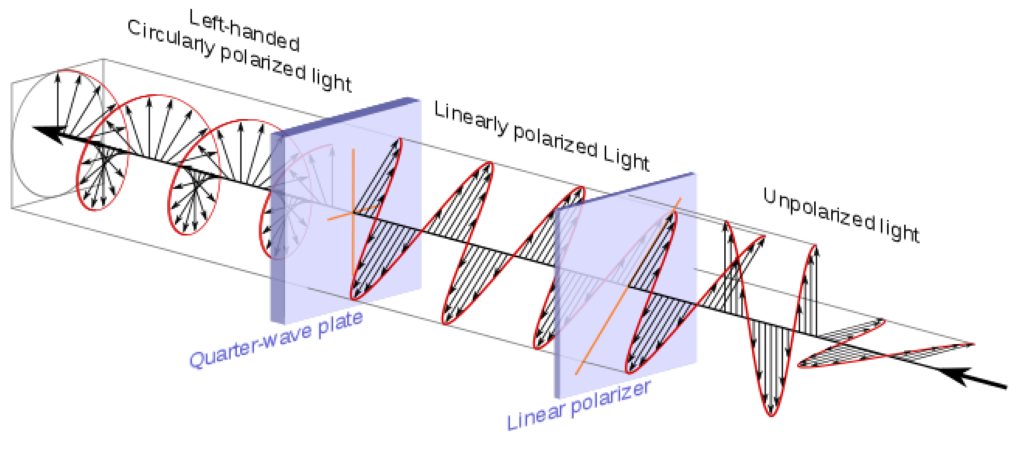
While linear polarizers can still be used today, they are not nearly as common as circular polarizers. Linear polarizers have been around since the days of film and use only one piece of glass. Many modern digital cameras and lenses now have autofocus capabilities. A linear polarizer can cause issues with this as many digital systems use polarized light internally to make their automatic functions operate. This issue can be alleviated by adding a secondary piece of glass to a linear polarizer to create a circular polarizer. This second piece of glass, known as a quarter-wave plate, changes the way light behaves when passing through the lens. It spins the lightwaves, allowing more of the light to bounce off the camera’s internal components. This, in turn, allows the automatic features to function properly.
There are several instances in which you may want to use a CPL to improve your images:
Reduce Reflections
Shooting glass, windows, or metal can give off a nasty glare in your photographs. Using a CPL will help to reduce those glares to create a clearer image. Any unwanted reflections in water can easily be removed, allowing you to see the details of the water and the surface below.

Remove Haze
Atmospheric haze caused by moisture or pollution in the air can create undesirably foggy photos. Cut through the haze and increase contrast with a CPL.
Darken the Sky
An overexposed sky has certainly ruined many photos. With a CPL, you can darken your skies and even achieve deeper blues for a more dramatic look.
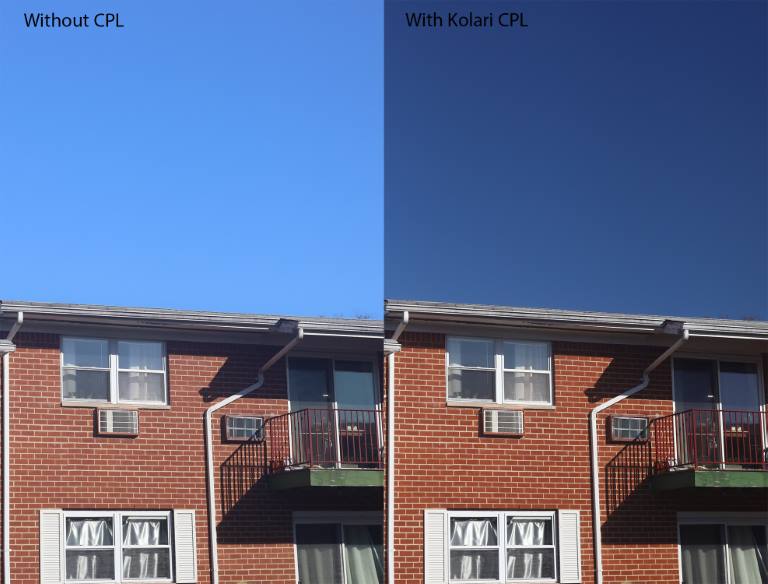
Enhance Colors
Removing reflections and filtering the light can lead to more saturated colors. Uncover darker, richer, more intense tones, and even remove the white glow of incandescent light for uniformly green leaves.
When your filter is attached to your lens, you can simply rotate the front ring until you get the desired effect for your image. To get the maximum benefit of your CPL, you’ll want to make sure your subject is at a 90-degree angle from your light source. If your primary light source is either in front or directly behind you, your filter may have little to no effect. To determine the correct angle, make an “L” with your thumb and index finger and point your thumb towards the light. Your index finger will then be pointing where your scene will be most evenly covered by the polarization of the filter.
It’s worth noting that good CPLs will typically reduce incoming light by approximately 1-2 stops depending on the amount of polarization. Remember, also, that you don’t always need to use your CPL at its maximum value. Experiment with the effects created by its varying degrees of polarization to find the one that’s right for your scene.
What about instances where a CPL may ruin your photos instead of improving them?
Sunrise, Sunset, and Rainbows
Sometimes reflected light is exactly what you want to capture. The interesting colors of a sunset or sunrise or even a rainbow all result from light reflecting off moisture in the air and clouds. If you use a CPL during these moments, the polarization effect will remove the colors entirely.
Wanted Reflections
There are times when you want to see reflections in the water. You won’t get beautiful autumn leaves or big snowy mountains reflected in the clear lake below with a CPL.

Wide-Angle Shots
Since a CPL filter works best at a 90-degree angle from a light source, it may be best to avoid using them with wide-angle lenses. Lenses wider than 24mm usually cover more than 90-degrees, so this may result in an uneven polarizing effect across your images.
A CPL filter can be one of the most versatile filters to have in your camera bag, and it can even be used in conjunction with some of your other filters. Particularly for videographers, a CPL filter can be stacked with a fixed ND to stop down the light while also reducing haze in bright outdoor settings.
While videographers typically opt for VNDs over fixed NDs, stacking a CPL and VND can prove to be a significant challenge as they are both rotating filters. However, we’ve got the solution. The Kolari Pro Dark CPL features a 5-stop fixed ND paired with a CPL, all in one filter. This combination can easily make the Dark CPL filter a go-to staple for photographers and videographers alike.
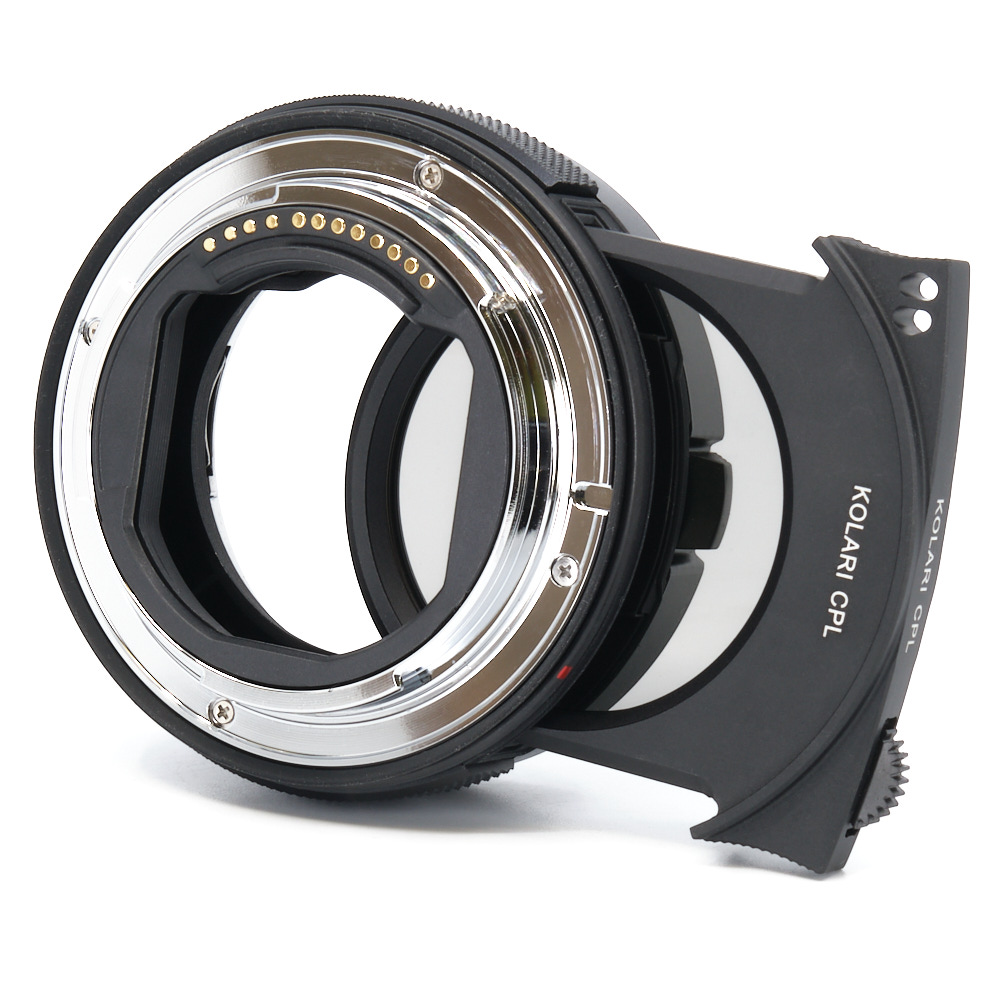
Canon R-series users have additional stacking options when using a drop-in adapter like the Kolari EF-EOS R Drop-In Filter Mount Adapter for Canon EOS R. The adapter allows the Kolari R Drop-in CPL to be placed behind the lens, freeing the front of the lens to thread other filters. With this system, Canon users can easily mix and match their filters to suit their needs.
There’s a myriad of benefits to CPL filters, and they are an important tool for many professional photographers. Their ease of use and flexible applications make them a great and simple way to level up your images.
*Trying to shoot IR? Our Kolari Pro CPL works with up to a 720nm filter.
To stay up to date on new releases and updates, be sure to subscribe to our newsletter.
Visit our shop to learn more about our CPL filters and other products to see if there’s something there for you.


